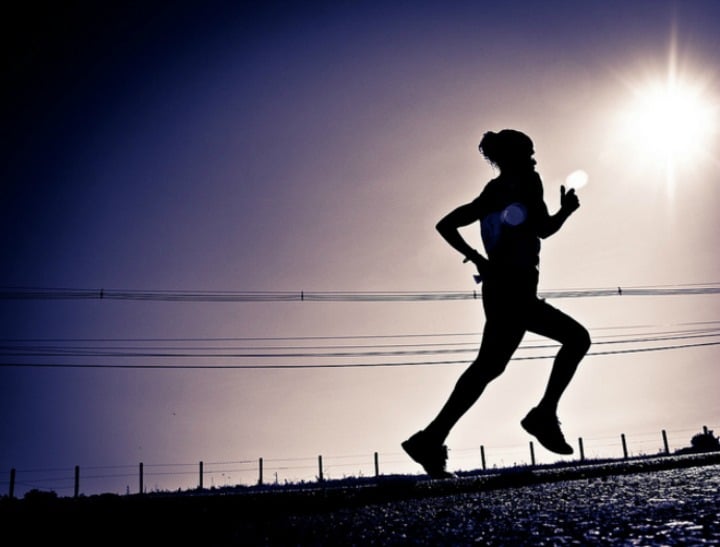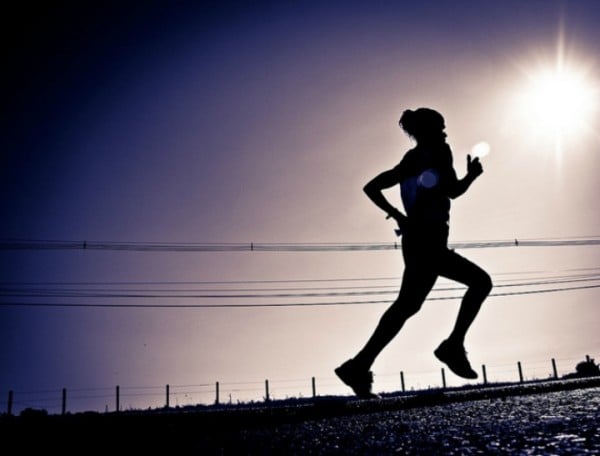
The idea that we can achieve happiness by maximising pleasure and minimising pain is both intuitive and popular. The truth is, however, very different. Pleasure alone cannot not make us happy.
Take Christina Onassis, the daughter of shipping tycoon Aristotle Onassis. She inherited wealth beyond imagination and spent it on extravagant pleasures in an attempt to alleviate her unhappiness. She died at 37 and her biography, tellingly subtitled All the Pain Money Can Buy, recounts a life full of mind-boggling extravagance that contributed to her suffering.
Aldous Huxley recognised the possibility that endless pleasure may actually lead to dystopian societies in his 1932 novel Brave New World. Although the idea of endless pleasure seems idyllic, the reality is often very different.
We need pain to provide a contrast for pleasure; without pain life becomes dull, boring and downright undesirable. Like a chocoholic in a chocolate shop, we soon forget what it was that made our desires so desirable in the first place.
Emerging evidence suggests that pain may actually enhance the pleasure and happiness we derive from life. As my colleagues and I recently outlined in the journal Personality and Social Psychology Review, pain promotes pleasure and keeps us connected to the world around us.
Pain builds pleasure
An excellent example of how pain may enhance pleasure is the experience commonly referred to as “the runners high”. After intense physical exertion, runners experience a sense of euphoria that has been linked to the production of opioids, a neurochemical that is also released in response to pain.



